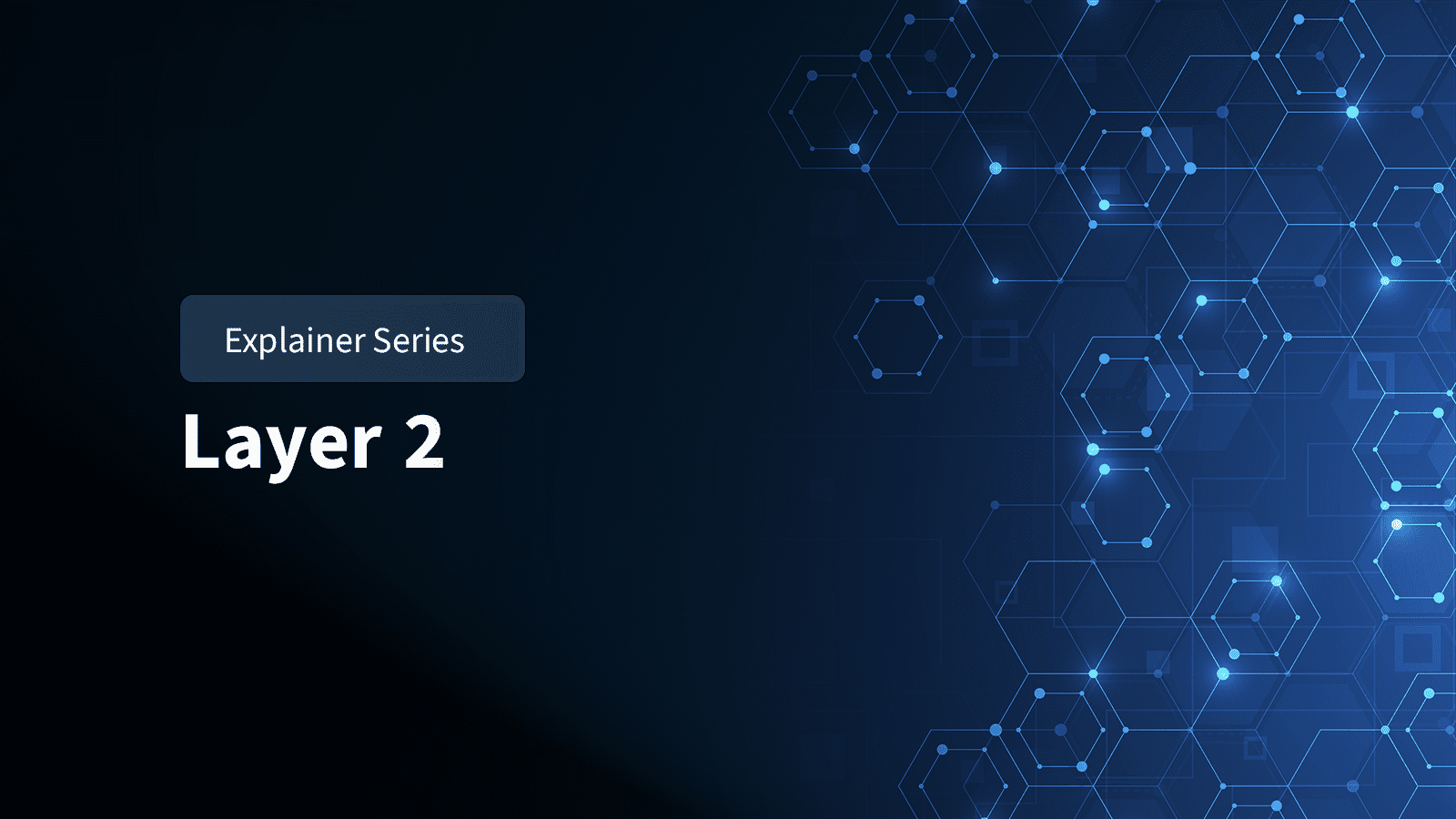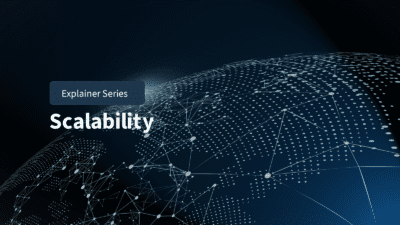Layer 2 (L2) blockchains are solutions built on top of an existing Layer 1 (L1) blockchain (like Ethereum) to improve its performance. In simpler terms, if the blockchain was a road, Layer 1 would be the main highway, and Layer 2 would be like a smaller, parallel road built to ease traffic on the highway. The goal of Layer 2 chains is to make transactions faster, cheaper and more scalable.
Why Do We Need Layer 2?
Blockchains, especially popular ones like Ethereum or Bitcoin, often face issues like slow transactions and high fees when too many users are trying to make transactions at once. This is because every transaction has to be processed by all the computers (or “nodes”) in the network, potentially slowing things down and making performance inconsistent.
Layer 2 chains help solve this by processing transactions separately from the main blockchain, reducing the workload on Layer 1. Once the transactions are bundled or “rolled up,” they are sent back to the main blockchain, significantly speeding up the process.
How Do Layer 2 Solutions Work?
Layer 2 solutions relieve some of the main blockchain’s burden, allowing users to conduct transactions without congesting the main network. Here’s a breakdown of how this works:
- Transaction Bundling: Multiple transactions are grouped together.
- Processing Off-Chain: These transactions are processed “off-chain,” meaning they don’t happen directly on Layer 1.
- Settlement on Layer 1: After processing, the result of these transactions is sent back to the main blockchain, reducing the load.
An easy analogy would be an amusement park with long lines for rides (the Layer 1 blockchain). Layer 2 would be a fast pass line that processes smaller groups more quickly, then checks them in with the main system.
LEARN MORE:
“What is a Layer-2 Blockchain?” – CoinBureau, October 2023
Examples of Layer 2 Solutions
Polygon (formerly Matic): One of the most well-known Layer 2 solutions for Ethereum, Polygon uses a technology called “sidechains” to help Ethereum scale. Polygon runs alongside Ethereum, processes transactions off-chain and then updates the Ethereum blockchain with the results.
Arbitrum: This uses a method called “rollups” to bundle transactions together, verify them off-chain and then submit the summary to Ethereum. It helps reduce costs and speed up transactions.
Optimism: Similar to Arbitrum, Optimism uses rollups to bundle transactions and reduce the cost of using Ethereum while keeping the security benefits of Layer 1.
Why is Layer 2 Important for Web3?
In the Web3 world, where decentralized applications (dApps), smart contracts, and DeFi (decentralized finance) platforms are booming, scalability and low transaction costs are critical. If users have to wait a long time or pay high fees every time they want to interact with a blockchain, mass adoption becomes much more challenging.
Layer 2 solutions are important because they offer:
Scalability: More transactions can be processed, allowing blockchains to handle millions of users at once.
Reduced Costs: Since fewer transactions are processed directly on Layer 1, the fees (often called “gas fees”) can be significantly lower.
Faster Transactions: Moving some of the work off-chain means transactions can often happen in seconds or minutes instead of hours.
Layer 1 vs. Layer 2 and Beyond
- Layer 1 (L1): This is the foundation, or main blockchain, like Ethereum, Bitcoin or GalaChain. It provides the most security but often struggles with speed and high costs as it grows in popularity.
- Layer 2 (L2): These are secondary systems that sit on top of Layer 1 and help by processing transactions faster and more efficiently without compromising too much on security.
Think of Layer 1 as a big city with traffic congestion. Layer 2 is like a fast train running above ground to take people out of the crowded streets and speed up their commute. The existence of this train benefits not only the riders of the train, but the car commuters as well, who can then enjoy less congested streets below.
Layers are Key to Blockchain’s Future
In a world where blockchain usage is growing daily, the technology needs to scale quickly. Layer 2 solutions are not just an option but a necessity for the future of Web3. They ensure that decentralized platforms can function smoothly without making users deal with high fees or slow transaction times.
With the rise of popular Layer 2 solutions like Polygon and Arbitrum, users can look forward to a blockchain world where interacting with decentralized apps and services is as seamless as using traditional web apps—fast, cheap, and scalable.
GalaChain is a Layer 1 blockchain with the potential for integrated Layer 2 systems. Once the GalaChain ecosystem is used by enough external developers and users, organization will be streamlined through the use of multiple layers.


